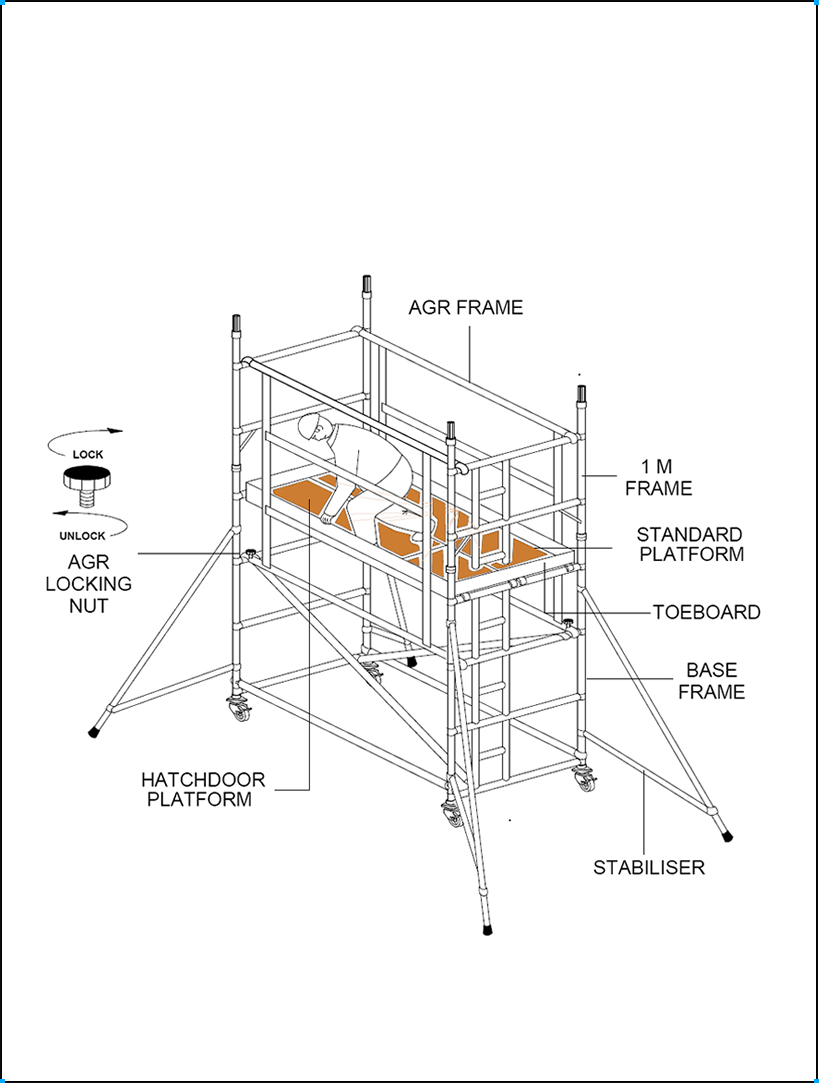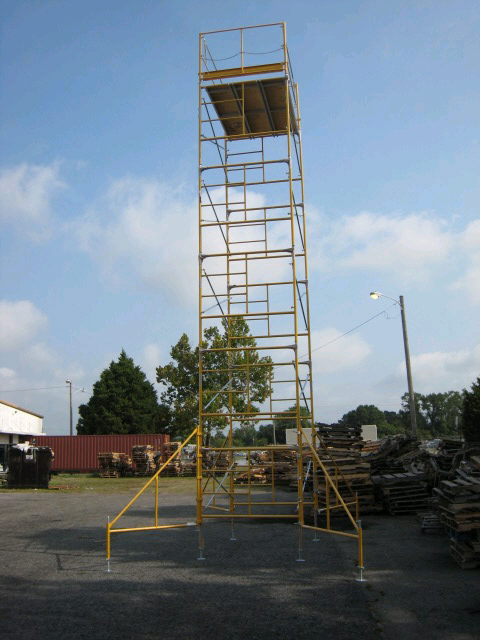Advanced Scaffolding Technologies: Improving Building Process
Scaffolding on Historic Buildings: Obstacles and Solutions ==========================================================
Protecting historic structures with scaffolding entails attending to material deterioration and seismic issues. Collaboration between conservation specialists and designers is key. Access limitations because of slim flows require different options while keeping the building's original facade. Lasting materials and progressed innovation offer ingenious remedies, making sure effective preservation. Using typical reconstruction techniques and routine examination is crucial for security and security. The cautious balance of these difficulties and solutions is essential in securing the historic importance of these architectural prizes.
Structural Difficulties
The structural challenges associated with scaffolding on historic buildings commonly call for a nuanced strategy to guarantee the preservation of the architectural stability. When addressing product deterioration, it is essential to recognize the impact of time on the architectural components of historic piles. Years of exposure to ecological problems can lead to the damage of materials such as timber, stone, or metal, requiring mindful assessment and potentially substitute during repair tasks.
Additionally, seismic enhancing presents one more substantial issue when setting up scaffolding on historic structures. Ensuring that the framework can stand up to prospective seismic task without compromising its historical functions requires specialized engineering experience and meticulous preparation. By including seismic reinforcing strategies right into the scaffolding design, such as base isolators or strengthened frames, the historical structure can be secured versus prospective quake damage while still permitting necessary reconstruction work to happen.
Balancing the requirement for structural reinforcement with the conservation of historical credibility is a delicate yet crucial element of scaffolding on historical buildings.
Preservation Factors to consider
Maintaining the historic relevance of a building throughout scaffolding jobs includes precise focus to preservation principles and specialized methods. When servicing historic structures, keeping architectural stability is extremely important. Scaffolding needs to be very carefully designed and installed to ensure it supports the structure without compromising its historical features. Preservation experts commonly team up carefully with scaffolding engineers to establish options that safeguard the building's special style components.

One more important element of preservation factors to consider is the visual effect of scaffolding on historical structures. The aesthetic look of scaffolding can greatly alter the assumption of a structure, specifically if it is a popular landmark. Because of this, measures such as making use of materials that blend in with the structure's exterior or integrating attractive aspects right into the scaffolding layout might be essential to reduce the visual effect. https://barkingscaffolding.co.uk/index.html
Gain access to Limitations

During scaffolding projects on historical structures, navigating gain access to limitations postures considerable challenges that need cautious preparation and innovative remedies. Flexibility problems can develop due to narrow flows or restricted paths around the building. These limitations might be exacerbated by the requirement to protect the heritage aspects of the framework, which can limit the installation of conventional scaffolding systems.
Heritage limitations typically dictate that the original fa ade or building components can not be changed or damaged throughout the scaffolding procedure. This means that conventional scaffolding methods might not be applicable, needing specialists to develop different access strategies that are both important and considerate of the structure's historical value.
Furthermore, wheelchair concerns can affect the efficiency of the building and construction work, potentially extending project timelines and enhancing prices. It is very important for project managers to conduct extensive website evaluations and work together carefully with heritage preservation authorities to create customized options that resolve access limitations while securing the integrity of the historical structure.
Cutting-edge Solutions
Taking care of accessibility restrictions on historic structures throughout scaffolding tasks requires the expedition of cutting-edge solutions to guarantee effective and considerate conservation of the structure's heritage significance. One such remedy entails making use of sustainable materials in the building of scaffolding. By choosing environment-friendly materials such as bamboo or reused steel, the environmental effect can be minimized while still offering the needed support for remediation work.
Additionally, the combination of advanced modern technology can likewise provide cutting-edge options for scaffolding on historical buildings. For example, using drones equipped with high-resolution cameras can assist study hard-to-reach locations of the building, offering important information for the scaffolding style process. Furthermore, 3D printing modern technology can be used to create custom-made scaffolding components that exactly fit the distinct shapes of historic structures, guaranteeing a safe and secure and tailored fit.
Finest Practices
Implementing industry-established guidelines is vital for guaranteeing the successful and sensitive execution of scaffolding jobs on historic buildings. When it involves ideal techniques for scaffolding on historic structures, it is essential to take into consideration not just the architectural aspects yet also the historical and visual value of the building. Below are some bottom lines to remember:
Use Typical Repair Strategies: Utilizing traditional repair methods can help maintain the credibility and historic honesty of the building.
Normal Tracking and Examination: Routine tracking and evaluation of the scaffolding structure is important to assure its security and safety, in addition to to prevent any type of damage to the historical structure.
Addressing Aesthetic Worries: Paying attention to aesthetic issues such as the aesthetic effect of the scaffolding on the building's exterior is vital. Utilizing products and shades that assimilate with the building's architecture can aid reduce aesthetic interruptions throughout the repair procedure.
Regularly Asked Questions
What Are the Governing Demands for Scaffolding on Historic Structures?
Conservation requirements and safety measures are crucial when setting up scaffolding on historical buildings. Governing requirements concentrate on maintaining historic value while making sure architectural stability and worker safety. Compliance with these standards is crucial for effective repair tasks.
Exactly How Do Climate Condition Effect using Scaffolding on Historical Structures?
Weather conditions play a vital duty in the preservation challenges of historical structures. From severe temperatures to high winds and precipitation, these elements can influence the stability and performance of scaffolding utilized for maintenance and repair work.
Exist Specific Insurance Policy Factors To Consider for Using Scaffolding on Historic Structures?
Insurance protection for scaffolding on historic structures needs specialized plans as a result of the unique dangers connected with heritage preservation. Factors such as the building's age, historical importance, and capacity for damage during repair job have to be very carefully taken into consideration in these plans.
What Are the Potential Threats and Obligations Associated With Scaffolding on Historic Structures?
Scaffolding threats on historical buildings present considerable obligation problems, influencing heritage conservation and architectural stability. Problems such as damage to delicate exteriors, possible architectural weakening, and historical value jeopardization should be carefully managed to ensure conservation initiatives are successful. https://barkingscaffolding.co.uk
Exactly how Do Social and Area Factors To Consider Contribute in the Use of Scaffolding on Historical Structures?
Social conservation is critical in maintaining the credibility of historical frameworks. Area interaction assures that neighborhood values and viewpoints are taken into account when making use of scaffolding on these buildings, fostering a collaborative strategy that respects heritage while dealing with functional needs.
Conclusion
To sum up, scaffolding on historical structures provides structural obstacles, preservation factors to consider, and accessibility restrictions.
Nonetheless, innovative remedies and ideal practices can help alleviate these challenges and ensure the effective conservation of these useful frameworks.
It is important to carefully plan and implement scaffolding jobs on historic buildings to safeguard their integrity and historical relevance for future generations.